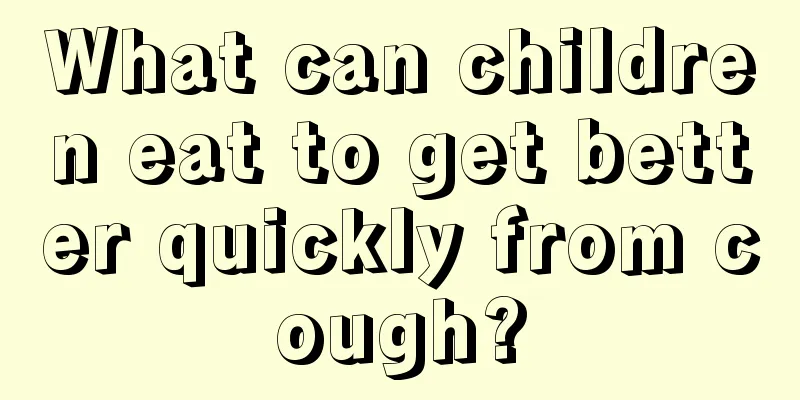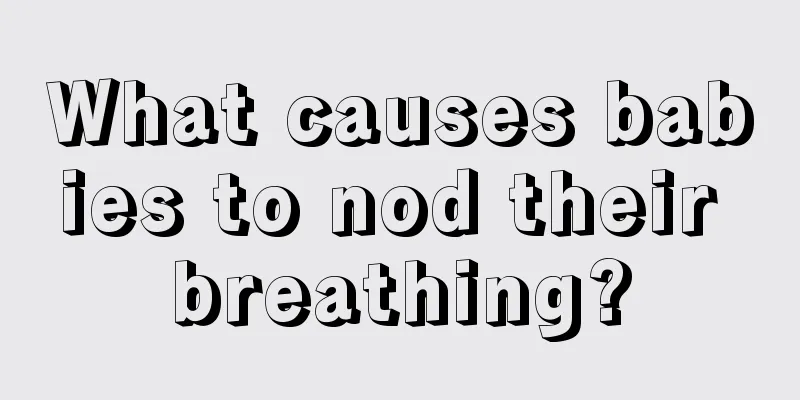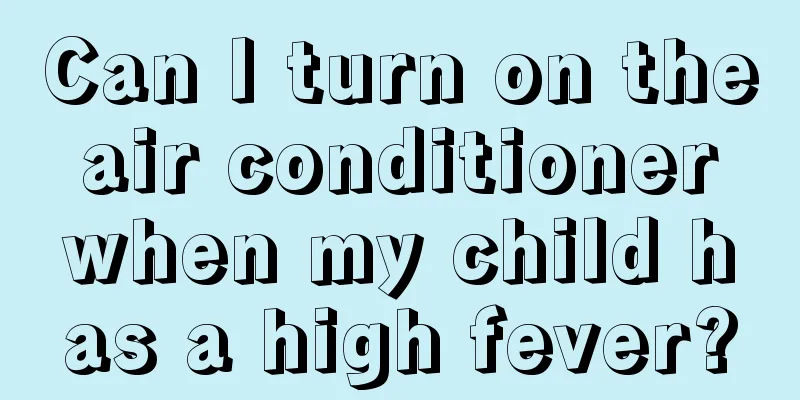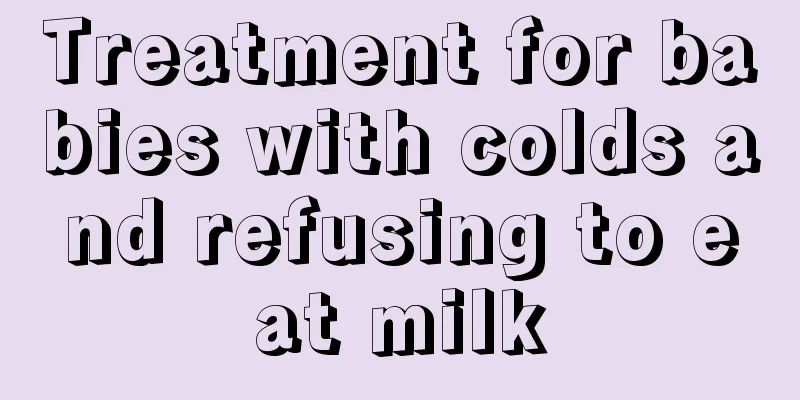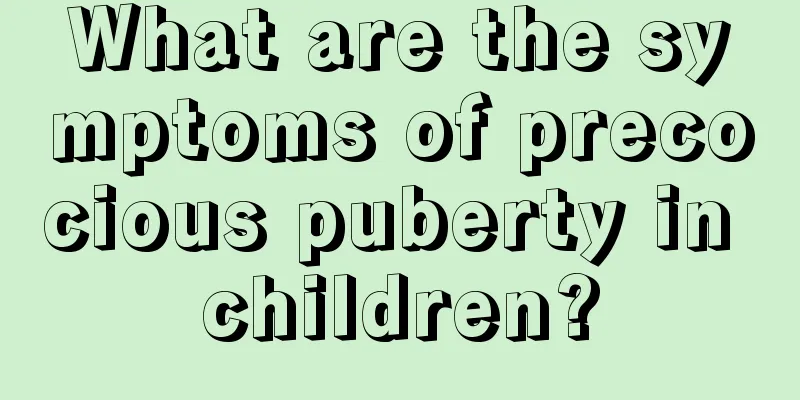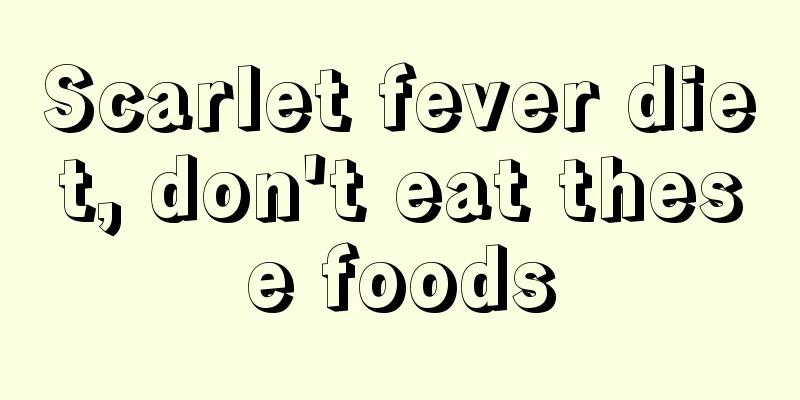How to treat vesicular herpes in children?
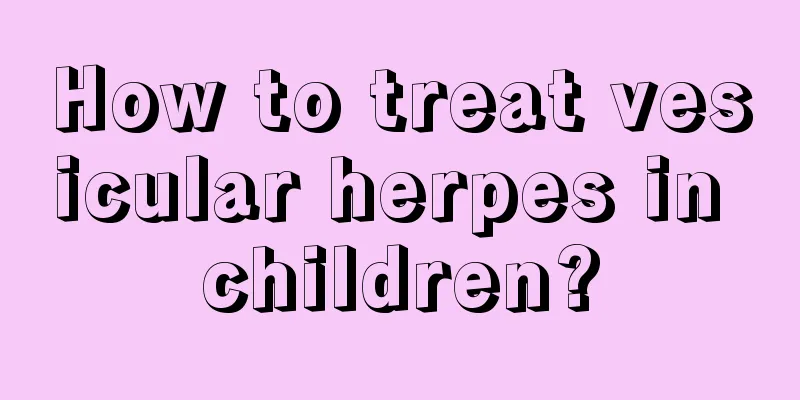
|
If children develop vesicular herpes, it is likely chickenpox, which is generally caused by infection with the herpes zoster virus. Children will develop blisters on their skin, and will also have symptoms of fever and pain. They need to be treated promptly. During the treatment period, you must pay more attention to rest, try not to be blown by the wind, prevent colds, and do not scratch with your hands. Generally, they will recover in about a week. What should I pay attention to when my child gets chickenpox? 1. The sick child should be isolated alone, the room should be well ventilated and well-lit, and he should rest in bed when he has a fever. 2. The diet should be liquid or semi-liquid food that is easily digestible and rich in vitamins. 3. Clothes and quilts should not be too many or too thick. Sweating due to excessive heat will cause rash and itching. Keep clothes and quilts clean to avoid secondary infection. 4. Cut the child's nails short and keep hands clean to reduce the possibility of scratching chickenpox and causing infection. The child's hands can be wrapped with gauze or wear gloves, and the scratched chickenpox can be coated with 1% gentian violet solution. Chickenpox care 1. Prevent children from scratching blisters due to unbearable itching, which may cause inflammation and the bacteria may spread to other damaged skin areas. 2. If a child is infected with chickenpox, you can put cotton gloves on him to prevent him from rubbing his eyes with his hands, which would cause the virus to infect the eyes and cause keratitis, leaving scars on the cornea and affecting vision. 3. One of the symptoms of chickenpox is a mild fever. The fever starts while the chickenpox spreads and goes away when the chickenpox disappears. Do not take aspirin to reduce a fever during your fever as this can increase the chance of complications. It can easily cause a type of encephalitis, Reyes Syndrome. 4. Take a bath with warm water (not hot water) to keep your skin clean and reduce the risk of infection. Chickenpox symptoms in children 1. Children are extremely susceptible to the varicella virus, which mostly occurs in children aged 1 to 10 years old, with an incubation period of 2 to 3 weeks. Once infected, children will develop symptoms such as head fever, loss of appetite, and general weakness that night, especially children with poor physical conditions. 2. When a child gets chickenpox, it's just some small red spots. After a few hours, they will slowly develop into blisters the size of green beans, and there will be severe itching. It should be noted that parents must prevent their children from scratching the blisters, as this can easily lead to infection with other bacteria and cause other chickenpox complications. 3. When a child gets chickenpox, a series of symptoms first appear on the trunk, and then gradually spread to the head, face and limbs. But in general, these symptoms of chickenpox are mainly distributed on the trunk, and the symptoms on the face and limbs are often less than those on the trunk. In addition, the mouth, eyes, pharynx, vulva, etc. may also experience symptoms of chickenpox infection, and there will be severe pain. |
<<: Why do children’s palms turn yellow?
>>: What causes herpes in children?
Recommend
Why does my child blink frequently?
Blinking is a normal physiological movement of th...
Newborns usually start growing teeth within a few months.
Having a child in the family really adds a lot of...
Introduction to neonatal swallowing syndrome
For a disease called neonatal swallowing syndrome...
What anti-inflammatory medicine should be used for children with broken lips
Sometimes, if children are not careful while eati...
What are the common skin diseases in babies?
In fact, parents should take special care of thei...
Seven tips to help your child get along better with others
1. Set your expectations wisely Since most siblin...
Two month old baby loves to suck his fingers
I believe that many parents will find that their ...
Why does my child keep having fever?
Children are very prone to fever. This is because...
The latest treatment for adolescent uterine bleeding
Dysfunctional uterine bleeding during adolescence...
Treatment of red pimples on baby's body
The red bumps on the baby's body look very sc...
What to do if your child has a fever and convulsions
When a child has a fever or convulsion, parents a...
Exercises for weight loss in kids
Nowadays, not only some young people may suffer f...
Autism treatment, pay attention to behavioral therapy!
Autism, also known as autism, is a pervasive deve...
What should I do if my baby has a bad stomach?
One of the things parents care about most is the ...
How to correct children's picky eating?
Generally speaking, children have more or less pi...
